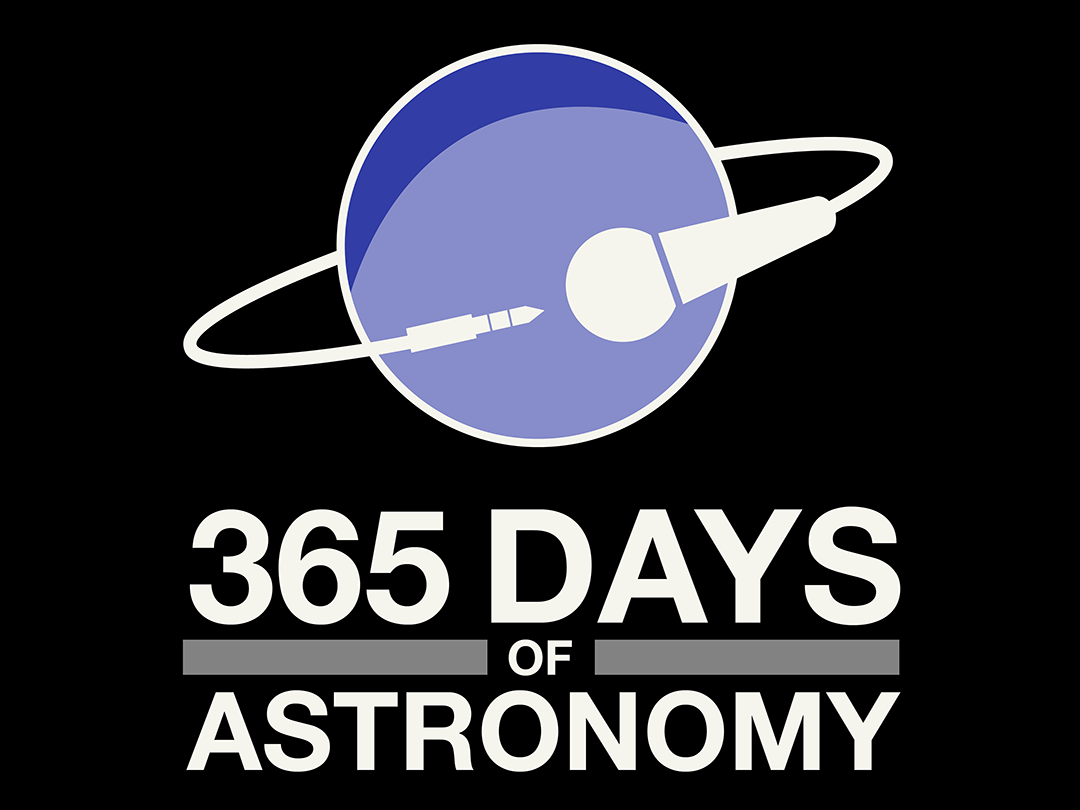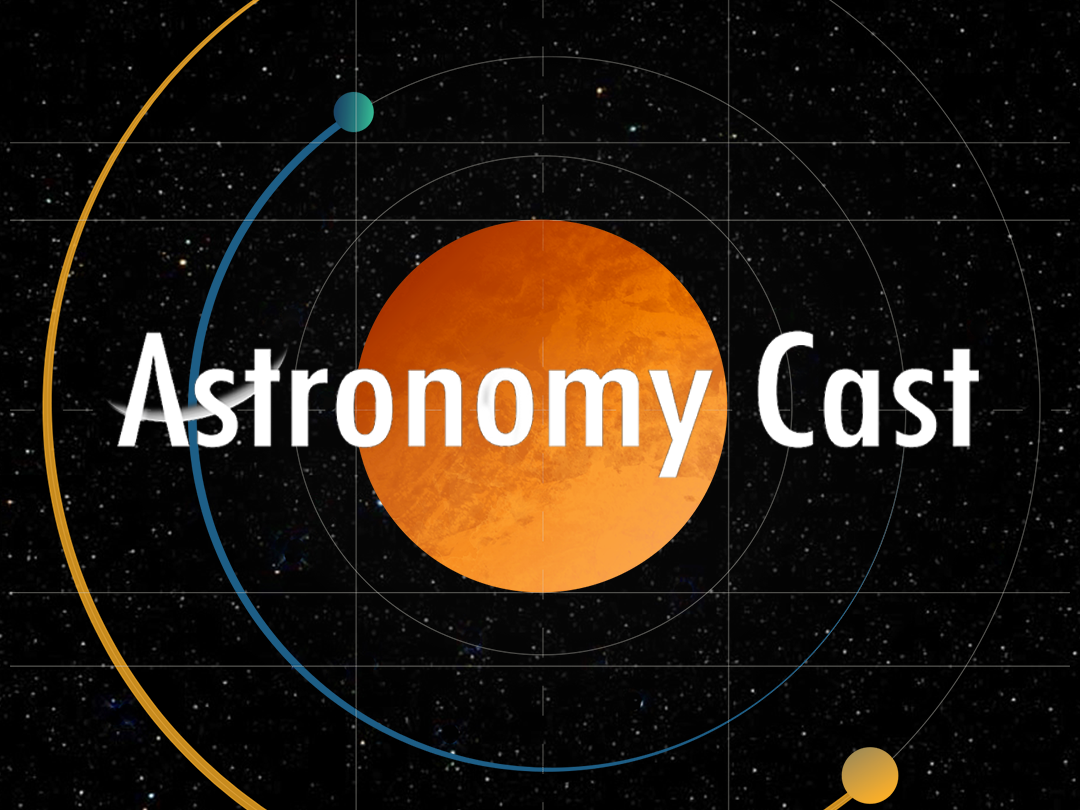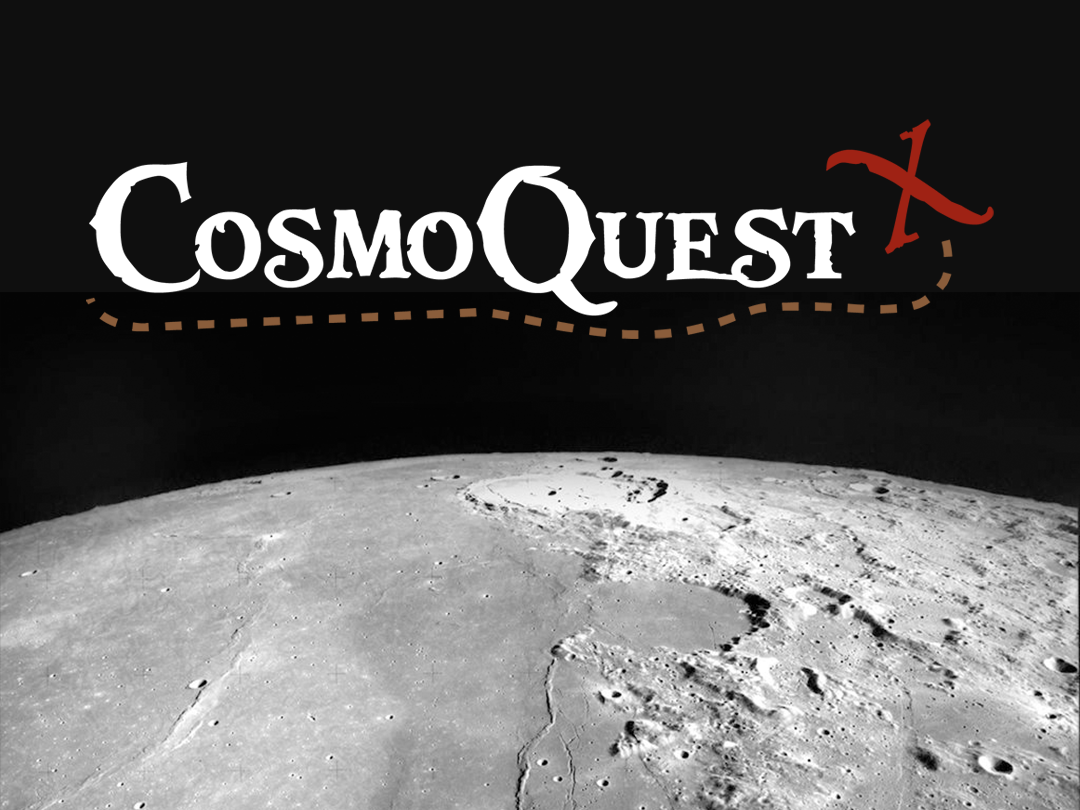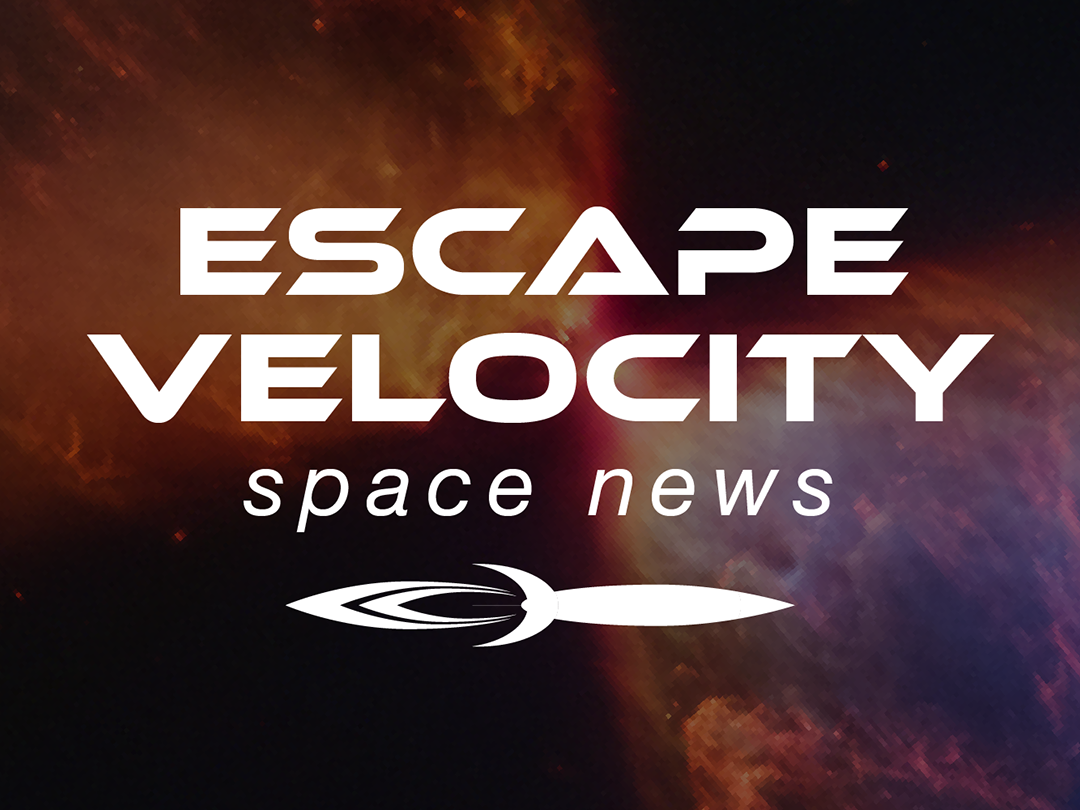” For most of her career, Dr. Gay has been a strong advocate of citizen science, which increases the visibility and drums up interest in important scientific research among the public, as well as assists the researchers through volunteer efforts. “
 Science
Science
![]()
Sci Comm
![]()
Software
![]()
Art

Curriculum Vita
Need a conference speaker or show guest?
Need someone to science your audience? Want to learn more about astronomy’s latest discoveries, the role of everyday people in exploring our universe through citizen science, or someone to talk about how the astronomy advances at the speed of computing thanks to innovations in AI/ML, GPUs, and more? I am available for your IRL or virtual event. (View select past presentations here)
Latest Essays & Articles
Fun with Mnemonics
 In Astronomy we have two terrible patterns of words to try and remember. One is the order of the planets: Mercury, Venus, Earth, Mars, Jupiter, Saturn, Uranus, Neptune (image left, credit: NASA). The other is the spectral types of stars: O, B, A, F, G, K, M. For both these patterns we have unsatisfying mnemonics. This week I am assigning my students to please come up with a new one for spectral types (and they can submit them in the comments here as well as in their HW if they want to share).
In Astronomy we have two terrible patterns of words to try and remember. One is the order of the planets: Mercury, Venus, Earth, Mars, Jupiter, Saturn, Uranus, Neptune (image left, credit: NASA). The other is the spectral types of stars: O, B, A, F, G, K, M. For both these patterns we have unsatisfying mnemonics. This week I am assigning my students to please come up with a new one for spectral types (and they can submit them in the comments here as well as in their HW if they want to share).
As well as getting their ideas, I thought I’d ask what you, my often silent non-student readers, think are useful ways to remember the planets and stars. So, in the comments, give me a sentence to remember you and the stars and planets by!
In Search of Darkness
 Star light, star bright, first star I see tonight…First star? Hello? You’re supposed to come out now. Stars? Someone? Shine? Please?
Star light, star bright, first star I see tonight…First star? Hello? You’re supposed to come out now. Stars? Someone? Shine? Please?
While I was a graduate student at the University of Texas in Austin I watched the Ring Nebula (M57) disappear. When I first arrived in 1996, this former stellar atmosphere was clearly visible in binoculars from the roof of the building I worked in (RLM). In 2000 I could no longer see it, but some of my more owl-eyed students could see it faintly contrasting against the background glow of too many city lights. When I graduated in 2002, it was just gone. No pair of 10×50 binoculars was going to find it. According to the Greater Austin Chamber of Commerce the city grew from 846,227 people in 1990 to 1,452,529 people in 2005. With that growth came lights, and with those lights came star consuming light pollution. As the world population grows and becomes progressively more industrialized, our entire planet is losing its ability to see faint stars and galaxies in the night skies.
The Three R`s: Research, `Riting, & Recording
The past 10 days have been an insanely busy whirlwind of activity for me, and I’m afraid real life pulled me away from online life for a bit. Last Thursday, I gave a presentation at my home university, SIUE, on both my research and podcasting (this was an experimental combination of two talks, and will in the future go back to always being two talks). Tuesday night I gave a talk on professional-amateur astronomy collaborations that highlighted my research on the star AH Leo at the Naperville Astronomical Association outside of Chicago. Both talks went well, and I’ll be recording an online version of the pro-am collaboration talk as time allows. With these presentations behind me and a few last bits of spring break in front of me, I’m going to steal a few days for the three R’s: Research, ‘riting, and recording.











